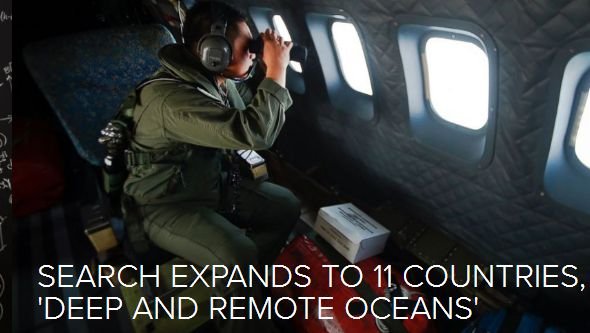I see the press, at least, as making a lot of assumptions that aren't valid. Hopefully, the authorities are thinking more rationally and have more information.
And I admit, I'm perhaps too wedded to my theory based on my New Zealand oil rig buddy. Why hasn't the press said "We discount that observation because..." And why isn't that guy on all the morning talk shows at this point?
But here's an example of some typical press assumptions that I don't agree with:
Paraphrasing: The second reporting system was shut off 12 minutes after the first, indicating that it was not a catastrophic event, but instead an intentional act.
But I have no problem postulating a small fire that spread, causing one system to fail, and then later, another system.
In the same way, I have no problem with a gradually failing computer system which could cause the plane to change course multiple times. Sure, "evidence is consistent with someone acting deliberately from inside the plane," but that doesn't mean that that's what happened.
Remember
the plane, that, in 1999, was flying from Orlando to Dallas? It depressurized, the pilots died, and it made a right turn and ended up in South Dakota.
And some news stations act as if it's suspicious that one of the pilots had a flight simulator at home, suggesting that he used it to plan this commandeering. Would you really need a flight simulator to plan something like this?
So I still like my theory: Fire in the cockpit, pilots die, systems gradually fail, passengers die, plane flies around aimlessly, crashes in water, sinks. Perhaps all the pieces didn't sink, but we just haven't found anything yet.
And I like this photo on abcnews.com:

If that's how they're searching, with a guy looking intently out a tiny window with binoculars, they're never going to find anything. When I see that picture, I imagine the pilot calling back, "Find anything yet, Bob?"
Sorry for joke -- I know it's a tragedy for the families.

